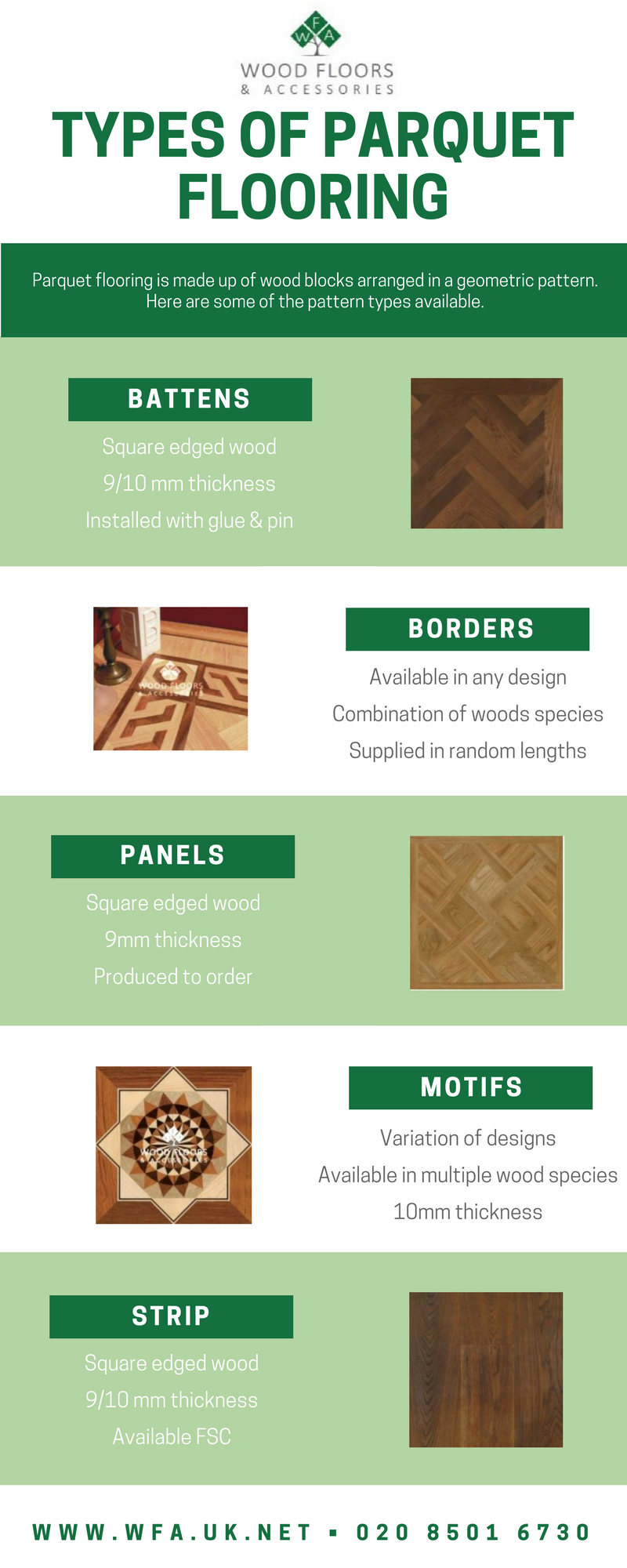When you're preparing a floor covering task, budgeting isn't just about choosing a number; it's about understanding what you absolutely require and the prices entailed. You'll intend to evaluate your specific demands, study different products, and prepare for unexpected expenses. Consider exactly how factors like area purpose and installation methods can impact your budget. But before you enter, there are some essential details you may forget that might significantly affect your overall costs. Let's check out exactly how to navigate these complexities and guarantee your task stays on track.
Assessing Your Floor Covering Needs
Prior to diving into your flooring task, it's essential to assess your floor covering needs. Beginning by thinking about the particular areas where you plan to install brand-new floor covering. Consider the objective of each space. For instance, kitchens and bathrooms need water-resistant products, while living locations could gain from convenience and visual appeals.
Next, evaluate the status quo of your floorings. Are there any type of architectural problems, such as uneven surface areas or moisture issues? Attending to these issues beforehand can save you time and money down the line.
Likewise, remember of the dimensions of each area to figure out how much flooring you'll require.
Do not forget to consider your lifestyle. If you have pets or young children, longevity could be your leading priority, while a much more formal space might require a lavish coating. Additionally, consider your design preferences. Do you choose a timeless appearance, or are you attracted to modern styles?
Last but not least, be sensible concerning how much upkeep you're willing to commit to. https://www.warrington-worldwide.co.uk/2024/09/26/warrington-firm-delivers-a-high-performance-flooring-solution-for-belfast-arena/ call for more maintenance than others. By understanding your requirements plainly, you'll be much better equipped to make enlightened choices as you move on with your flooring project.
Estimating Prices and Materials
Estimating expenses and products is a pivotal step in your flooring task that can dramatically influence your overall budget. Start by determining more information to figure out just how much floor covering you'll require. For a lot of products, you'll locate prices by square foot, so gather quotes from various suppliers to get a realistic figure.
Next off, take into consideration the type of flooring you desire. Options like wood, laminate, ceramic tile, or carpet all come with different cost factors. Study the prices for every and factor in any additional products like underlayment, sticky, or transition strips.
Do not neglect to consist of devices if you're preparing a DIY installation, as leasing or purchasing equipment can add to your expenses.
Labor prices are another important consideration. If you're working with experts, obtain quotes from multiple contractors to guarantee you're obtaining a fair price. Be clear regarding the scope of work to stay clear of unanticipated charges later.
Last but not least, it's important to reserve a tiny percentage of your budget for any unanticipated costs associated with products. By extensively approximating your prices and materials ahead of time, you'll set yourself up for a smoother and extra workable flooring task.
Planning for Hidden Expenditures
Numerous homeowners forget the hidden costs that can emerge during a floor covering project, which can bring about budget plan overruns. To avoid this, you need to plan for possible additional costs.
Initially, consider the condition of your existing subfloor. If it's harmed or irregular, you'll likely need repair work or leveling, which can add dramatically to your overall expense.
Next, think of removal and disposal costs for your old flooring. Numerous contractors charge extra for this service, so aspect that into your budget plan.
Additionally, don't forget about the expenses of underlayment, which might not be consisted of in the initial quote but are crucial for an effective installment.
You should additionally plan for unforeseen issues, such as plumbing or electrical work if your floor covering project entails moving fixtures. It's wise to allot at least 10-15% of your overall allocate these unanticipated costs.
Finally, remember that licenses may be needed for sure setups. Always inspect local regulations to prevent fines or hold-ups.
Final thought
Finally, budgeting for your floor covering job is essential for an effective result. By assessing your requirements, approximating expenses, and planning for concealed expenditures, you'll avoid surprises and remain on track. Remember to allot a portion of your allocate unanticipated prices and keep a detailed malfunction of your expenditures. With cautious preparation and factor to consider, you'll create an attractive space that satisfies your needs without breaking the bank. Pleased floor covering!
